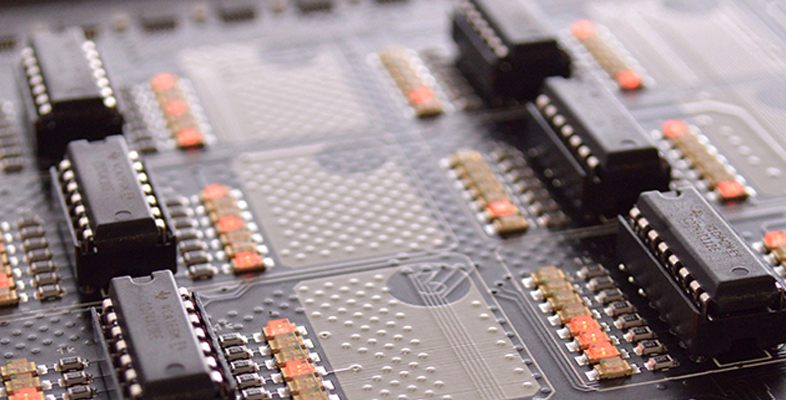4.1 High-fidelity sound reproduction and electronics
Recording and reproducing sound has been one of the great drivers for innovation in electronics. What we perceive to be sound is vibrating air causing our eardrums to vibrate. For example, consider a guitar string vibrating 440 times per second, causing 440 high–low pressure waves to be transmitted through the air. This wave causes your eardrum to vibrate 440 times per second, which your brain interprets as the note A.
A device such as a microphone converts the highs and lows of the air pressure wave into a high and low voltage wave that represents the sound wave as an electrical analogue, oscillating between high and low voltages 440 times per second. When that electrical wave becomes the input to a loudspeaker, the speaker’s cone vibrates back and forth 440 times per second, creating a sound wave that you would hear as the note A.
In a perfect world, the sound made by a loudspeaker would be exactly the same as the original sound, with perfect fidelity. In practice, converting the sound to voltages and back to sound is an imperfect process, and some distortion or extraneous noise is inevitable. This is particularly notable with telephones, which usually have relatively low fidelity and distort the sound of our voices. For reproducing music, engineers try to make the fidelity as high as possible – and some people are prepared to pay a lot of money for high-fidelity equipment, or hi-fi systems as they are called. This aesthetic demand has driven much electronics research for nearly a century. Miniaturisation, low power consumption and computational load are also drivers of innovation, as can be seen with increasingly powerful and smaller mobile phones that last longer and longer between charges.
